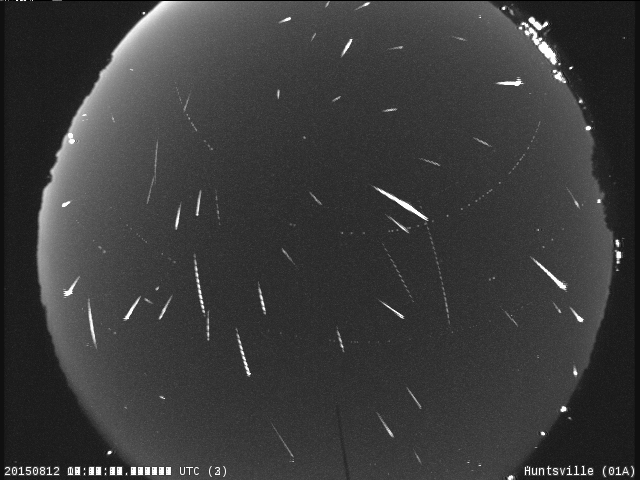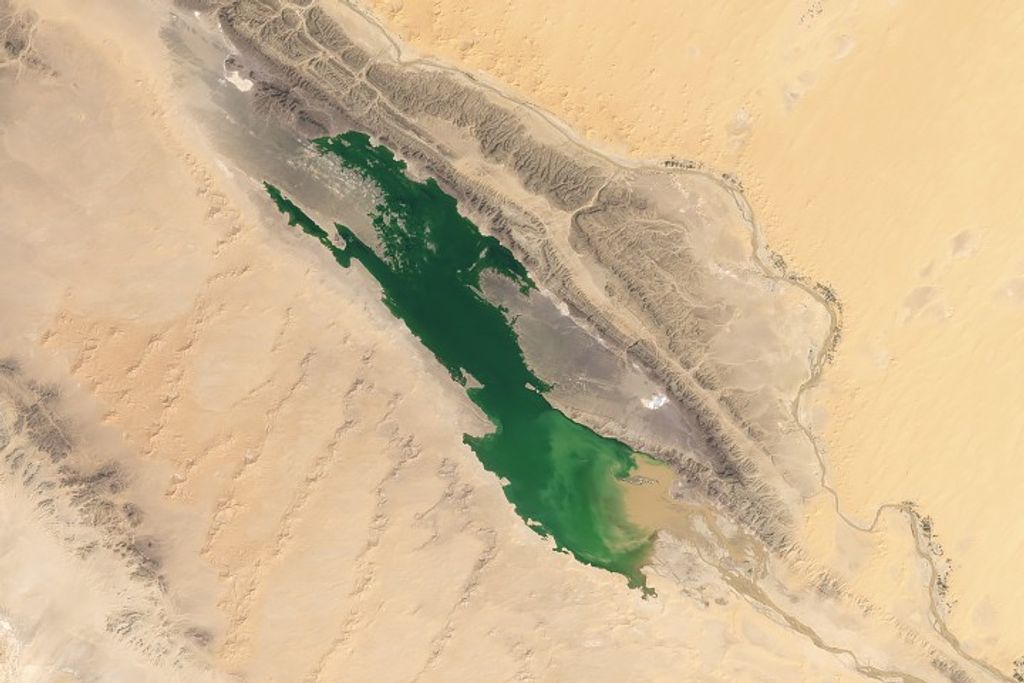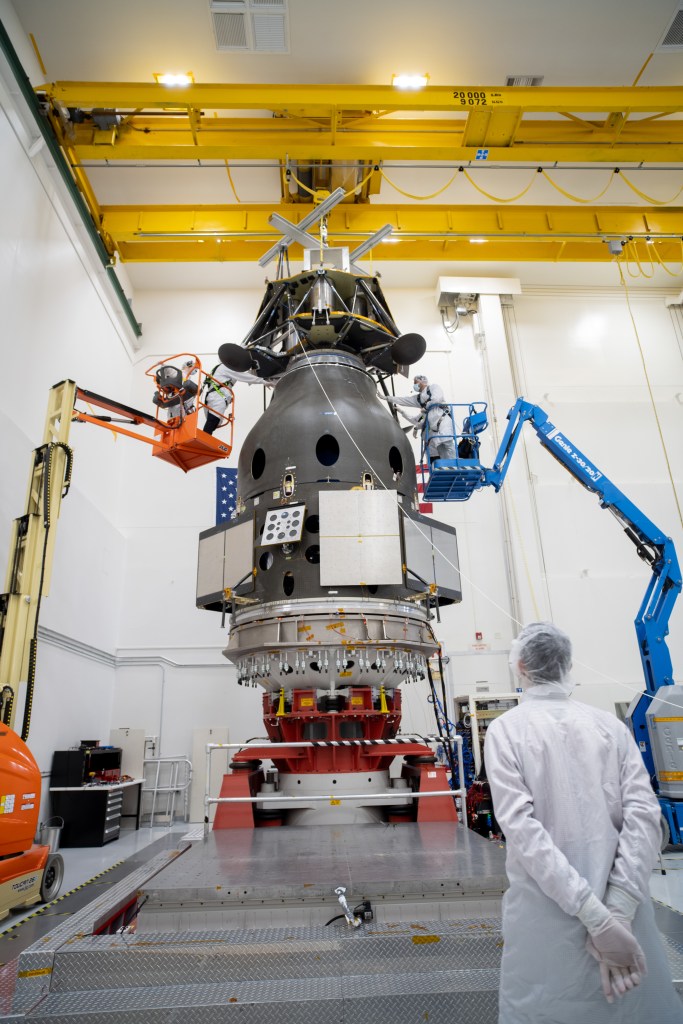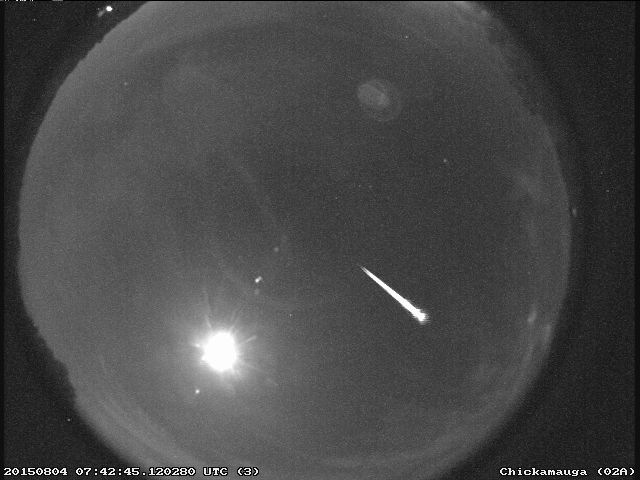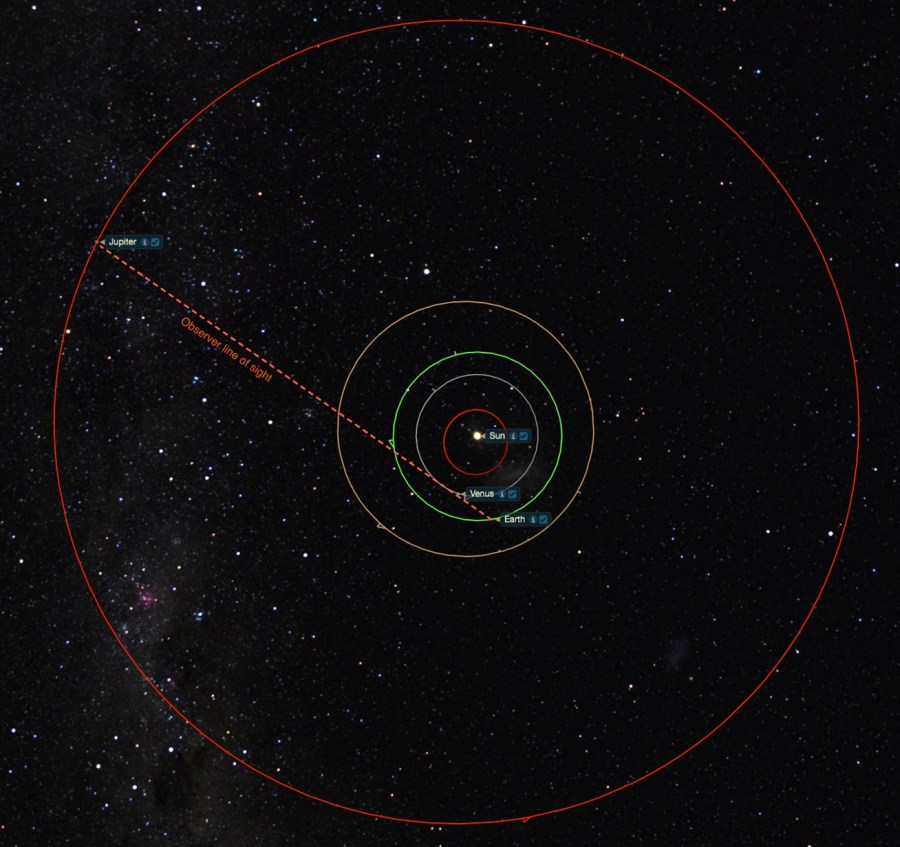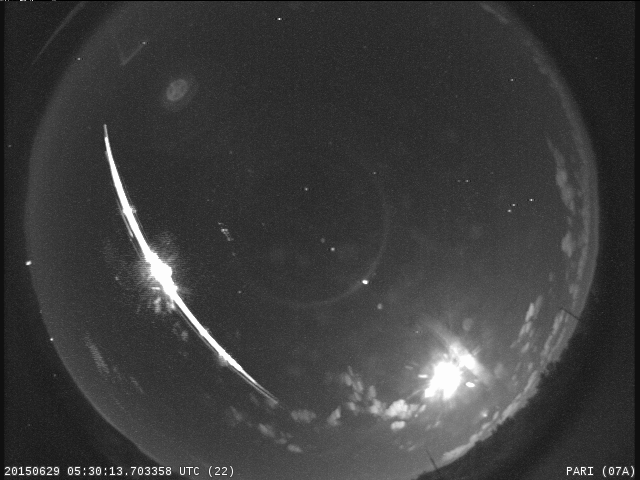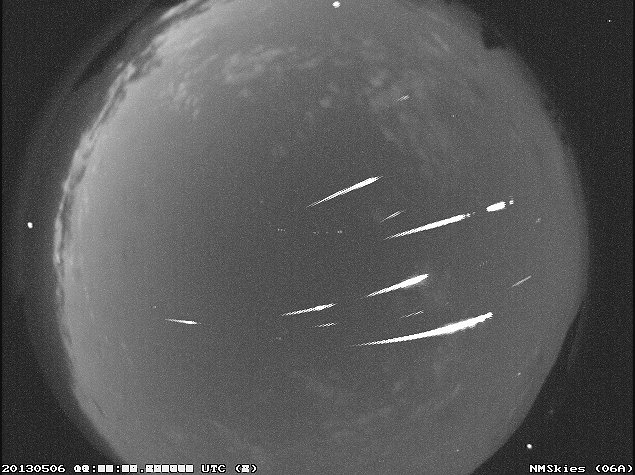This composite image shows the meteors detected by the NASA All Sky Fireball Network station here in Huntsville, Alabama this morning. The majority of the meteors are Perseids, but a handful belong to the Northern Delta Aquariid, Southern Delta Aquariid, Alpha Capricornid, and Southern Iota Aquariid meteor showers that are also active. This Perseid meteor …
Perseids Are Already Appearing in the Huntsville Sky
